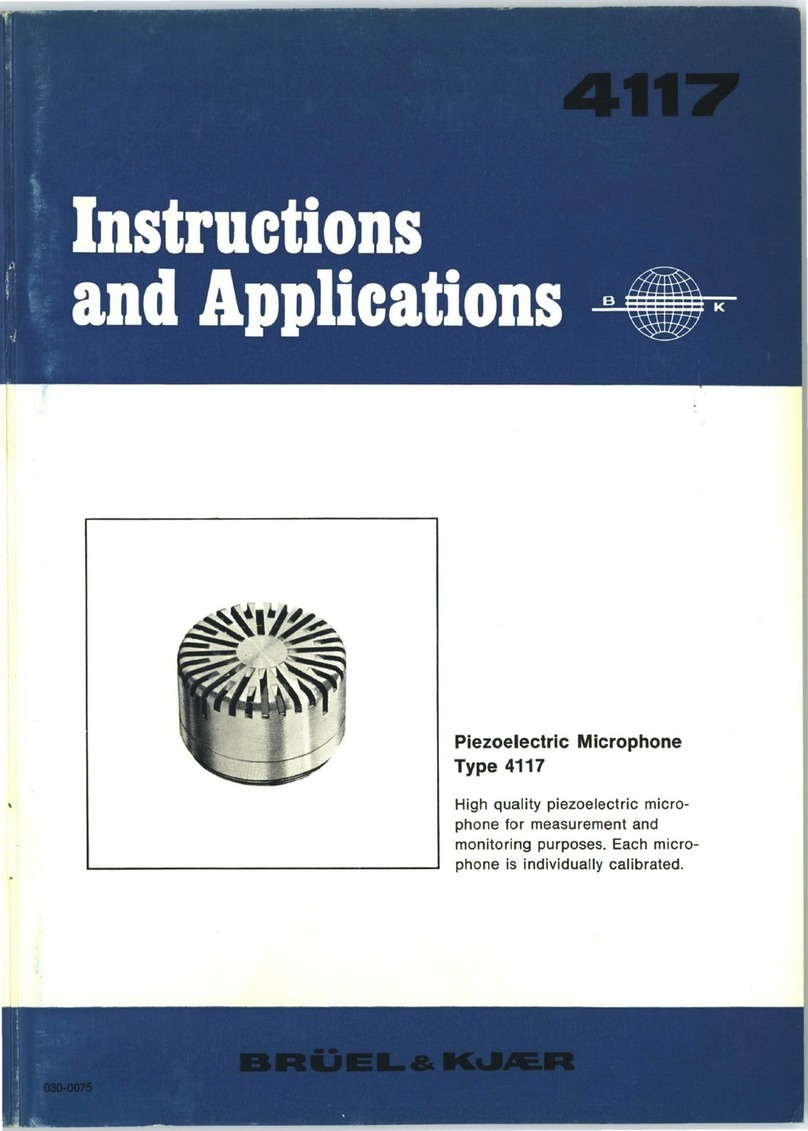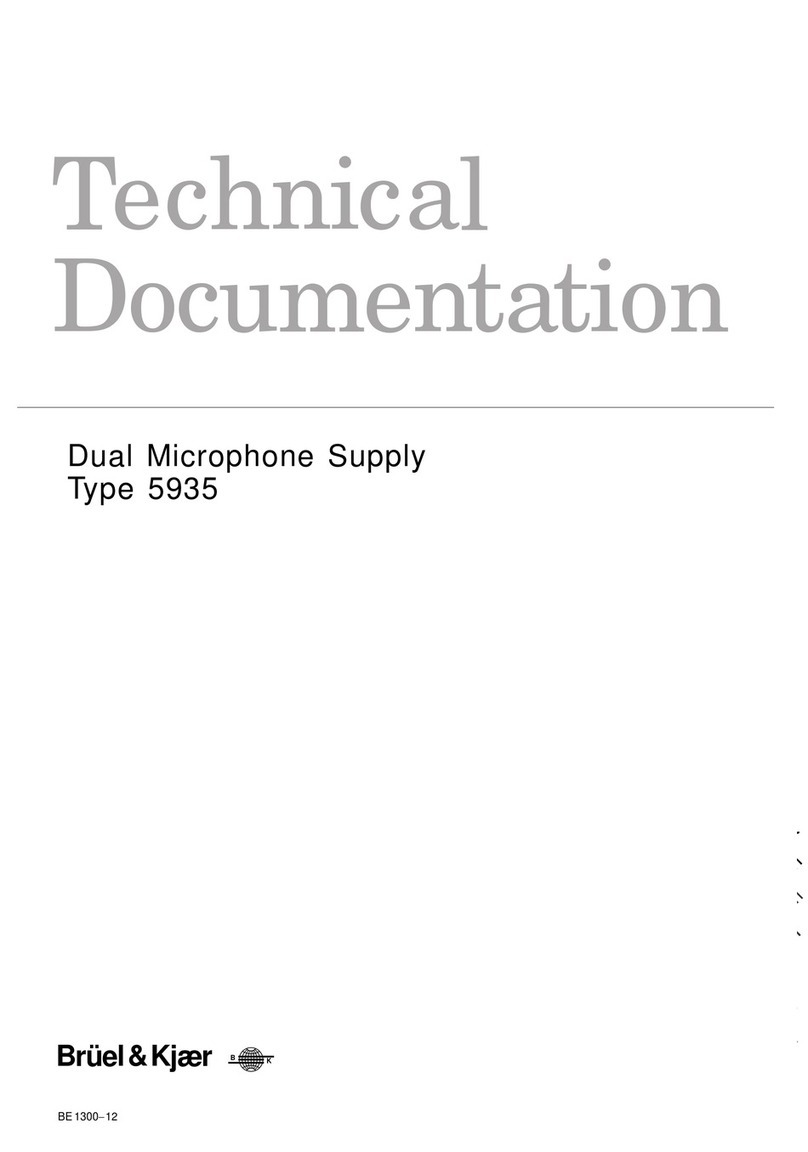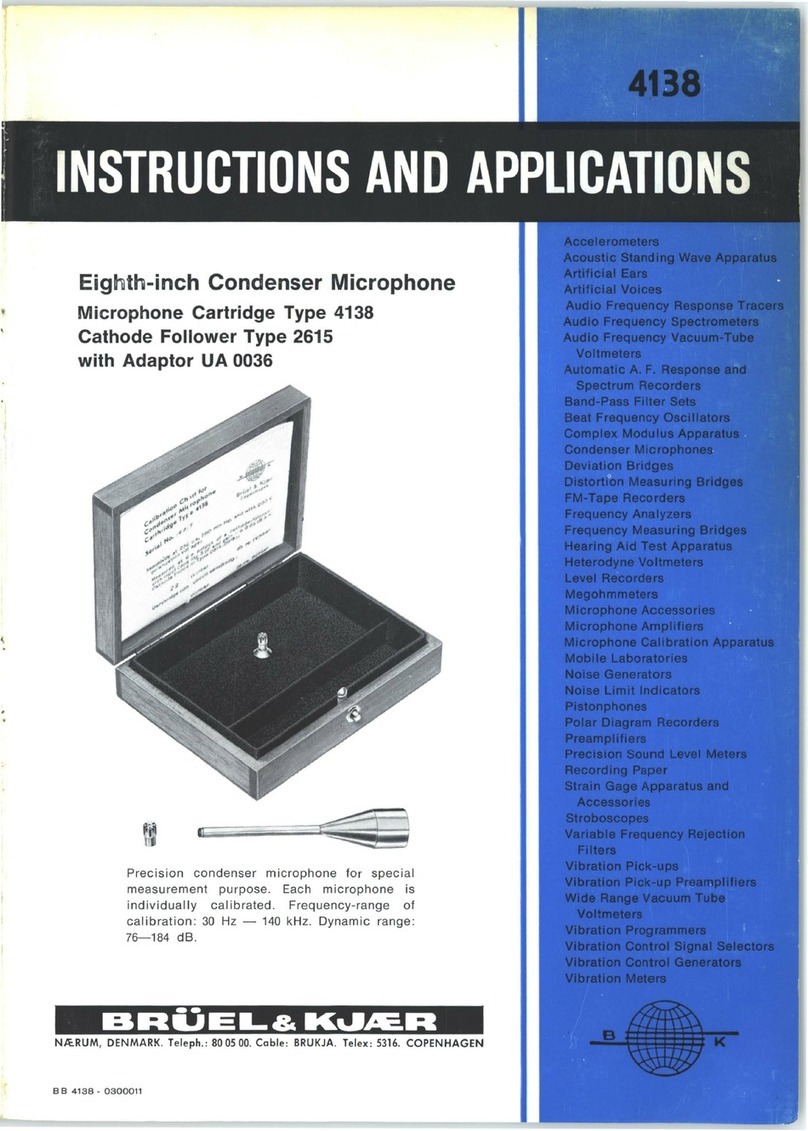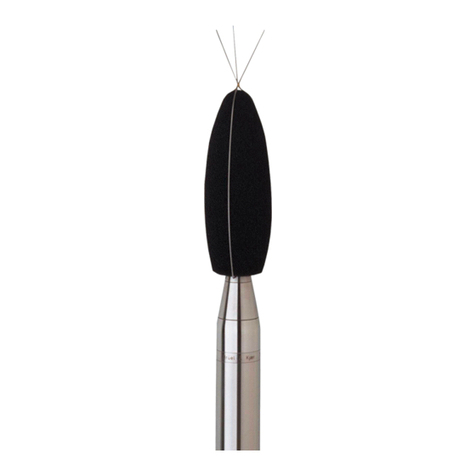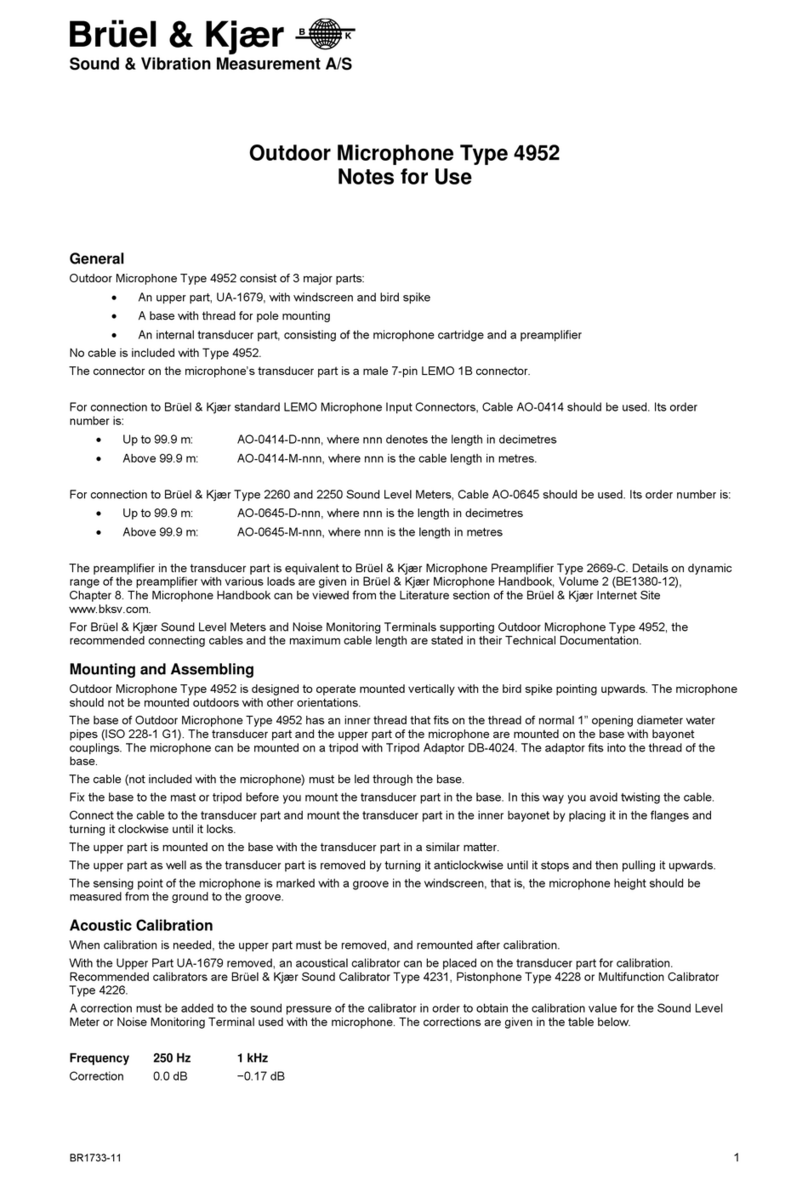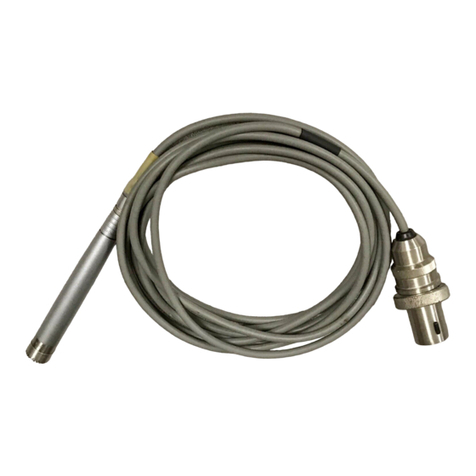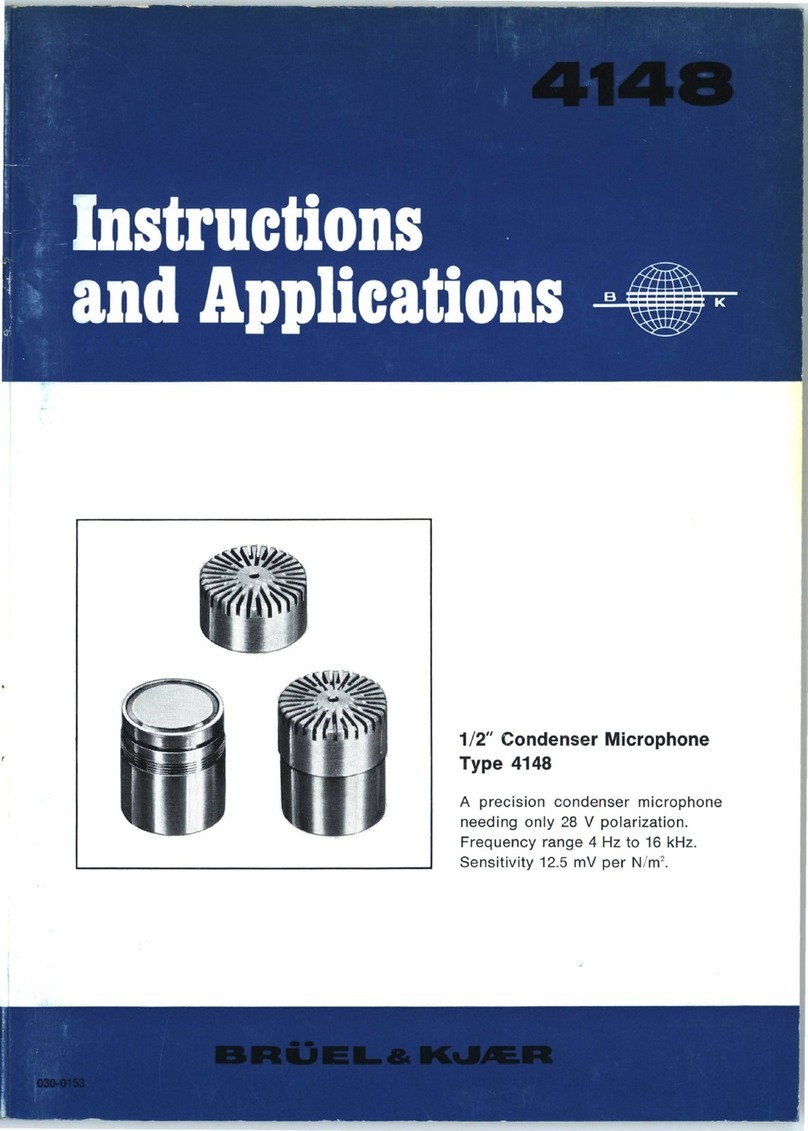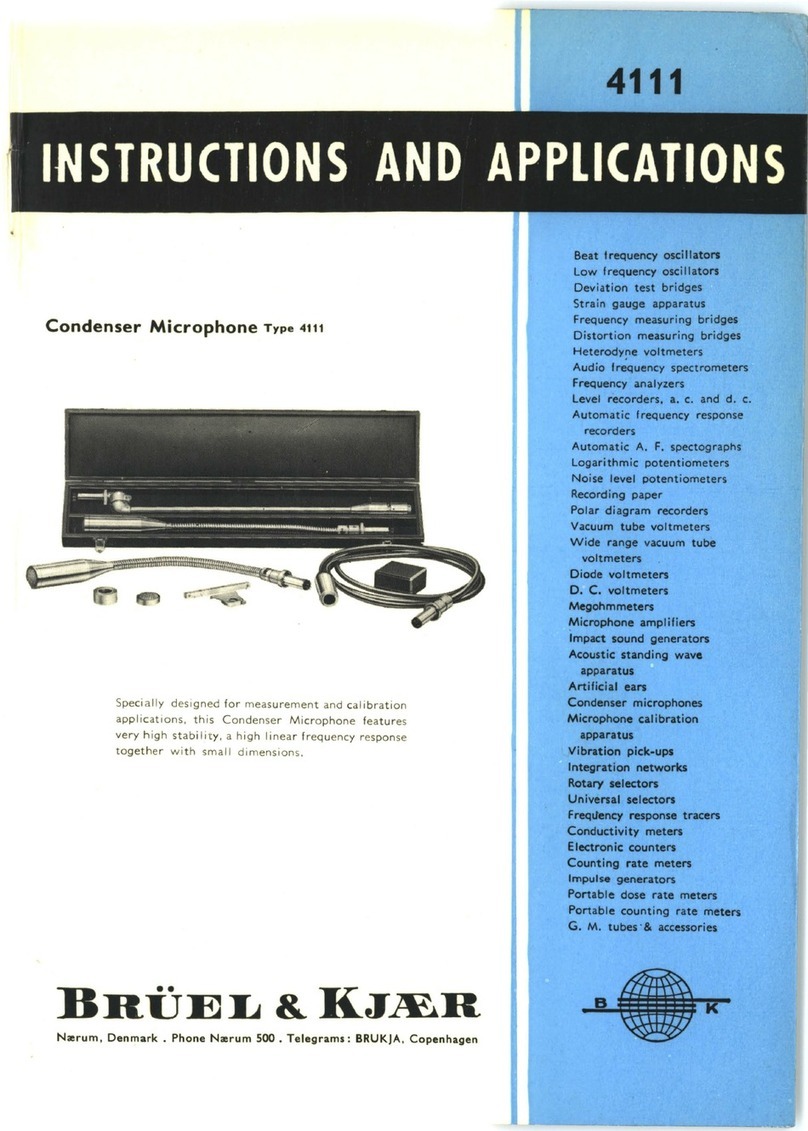
Copyright 2006 – 2013, Brüel&Kjær Sound & Vibration Measurement A/S
All rights reserved. No part of this publication may be reproduced or distributed in any form, or by any means,
without prior written consent from Brüel&Kjær Sound & Vibration Measurement A/S, Nærum, Denmark.
Safety Considerations
This apparatus has been designed and tested in accordance with IEC61010–1 and EN61010 – 1 Safety Require-
ments for Electrical Equipment for Measurement, Control and Laboratory Use. This manual contains infor-
mation and warnings which must be followed to ensure safe operation and to retain the apparatus in safe condition.
Special note should be made of the following:
Safety Symbols
The apparatus will be marked with this symbol when it is important that you refer to the associated warning
statements given in the manual.
Protective Earth Terminal Hazardous Voltage
Explosion Hazard
The equipment is not designed to be used in potentially explosive environments. It should not be operated in the
presence of flammable liquids or gases.
Warnings
• Switch off all power to equipment before connecting or disconnecting their digital interface. Failure to do so
could damage the equipment.
• Whenever it is likely that the correct function or operating safety of the apparatus has been impaired, it must
be made inoperative and be secured against unintended operation.
• Any adjustment, maintenance and repair of the open apparatus under voltage must be avoided as far as possible
and, if unavoidable, must be carried out only by trained service personnel.
• Do not dispose of electronic equipment or batteries as unsorted municipal waste
• It is your responsibility to contribute to a clean and healthy environment by using
the appropriate local return and collection systems
• Hazardous substances in electronic equipment or batteries may have detrimental
effects on the environment and human health
• The symbol shown to the left indicates that separate collection systems must be used
for any discarded equipment or batteries marked with that symbol
• Waste electrical and electronic equipment or batteries may be returned to your
local Brüel & Kjær representative or to Brüel & Kjær Headquarters for disposal
